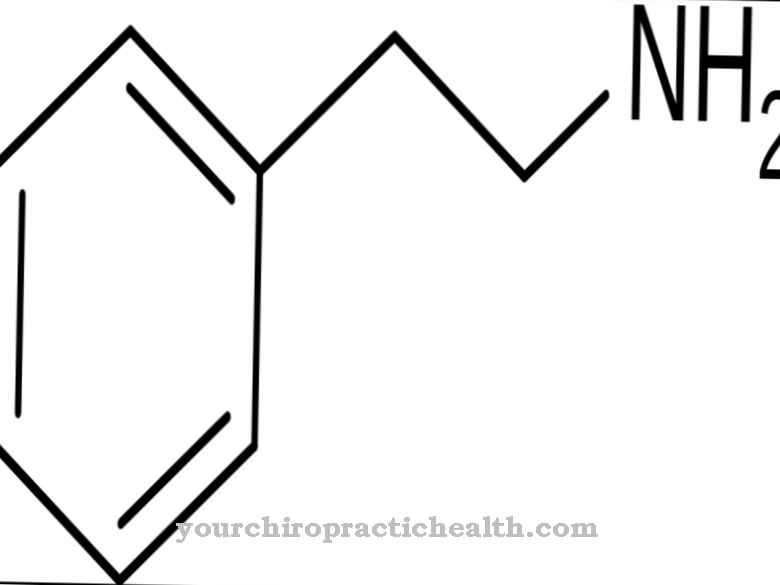The trichina is a very small nematode that is barely visible to the naked eye.The male is only about 1.5, the female 3 to 4 millimeters long. In total, trichinae infestation is estimated at around 40 million people around the world. With us, however, the trichinae disease has become increasingly rare due to the legally prescribed meat inspection for years.
Multiplication & way of life of trichinae

Sexually mature trichinae develop in the small intestine of humans, domestic and wild boars, foxes, badgers, mink and rats. They arise after eating raw, infected meat that contains trichinae capsules. After mating, the females deposit around 1000 to 2500 living larvae, which enter the lymph and blood stream.
They are spread throughout the body, but can only be maintained in the long term in the muscles that are well supplied with oxygen. Here they grow up and encapsulate themselves. After about 6 to 8 months, calcification begins, the capsule. The trichinae can stay alive in this way for 2 to 3 decades. But you definitely need a new host in order to develop further.
Symptoms of trichinae infestation
The symptoms of the disease are initially caused by the presence of the trichinae in the intestine, which can lead to diarrhea with fever. This stage lasts about 8 to 12 days; in the second stage the immigration of the larvae begins, during which muscle pain, changes in the blood count, and circulatory and metabolic disorders can occur.
In the so-called resting phase, there is finally anemia, emaciation and rheumatic complaints. A large part of the symptoms of the disease is triggered by metabolic products of the trichinae and by substances that are released when the muscles break down.
Treatment & prevention of trichinae
The treatment must primarily consist of good care, nutrition, alleviating the pain and prolonged rest with therapeutic gymnastics. We do not know of any actual means that kill the trichinae in the muscles. It is therefore particularly important to prevent trichinosis or trichinellosis. The legally prescribed meat inspection and the avoidance of raw meat products help us here. Raw slaughterhouse waste is also not allowed to be fed to pigs.
Care must also be taken that they cannot eat the carcasses of rats and foxes, which are often carriers of the trichinae.
Whipworm
A common parasite is the whipworm. It is estimated that it occurs in around 450 million people. The male has a length between 3.5 to 4.5 centimeters, the female can be about 5 centimeters long. But the thickness is only 1 millimeter. These worms are mostly found in the appendix and colon, less often in the small intestine. As with roundworms, development takes place without an intermediate host by ingesting the fertilized eggs containing a larva.
With severe worm infestation, it can lead to loss of appetite, nausea, nausea, distended abdomen, abdominal pain, constipation and, more rarely, diarrhea. In general, however, the whipworm causes almost no symptoms.
Its determination is made difficult by the fact that worms are rarely found in the stool. The diagnosis can only be made by detecting the eggs. Treatment is quite difficult because the worms are relatively hardy. However, with modern drugs it is possible to dissolve or kill the animals if this treatment also requires a lot of patience. There are still a number of worms, which are mainly found in tropical areas. These include flukes, the so-called leeches.
They are much more dangerous than the species known to us and described here. But although the worms native to us are usually not life-threatening parasites, as we have seen they can cause all kinds of damage. We must therefore try by all means to contain the parasite infestation as far as possible. The best way to do this is through impeccable hygienic behavior.









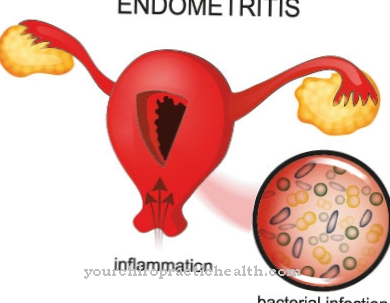




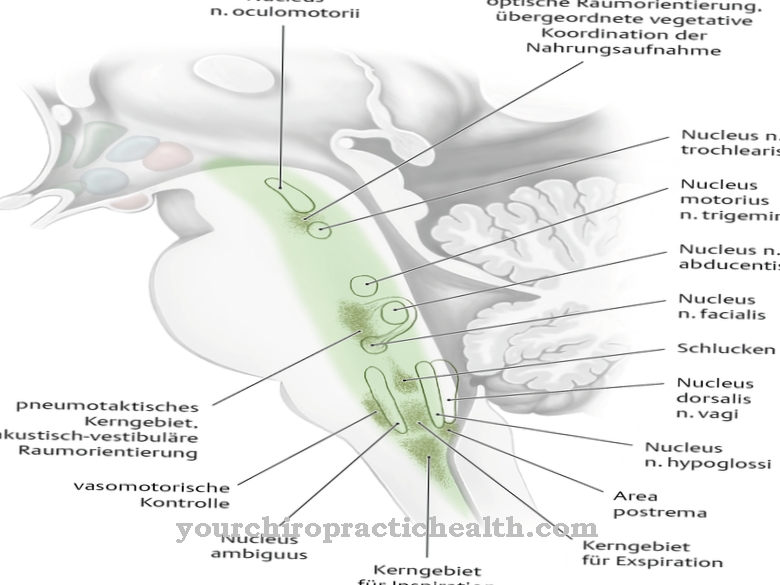
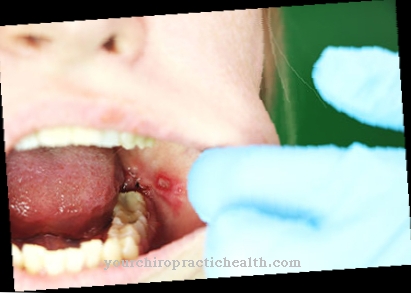

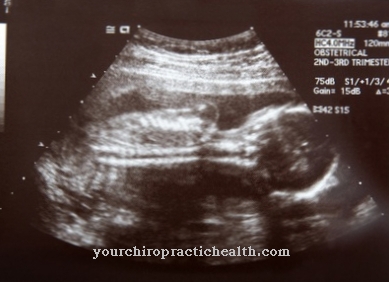

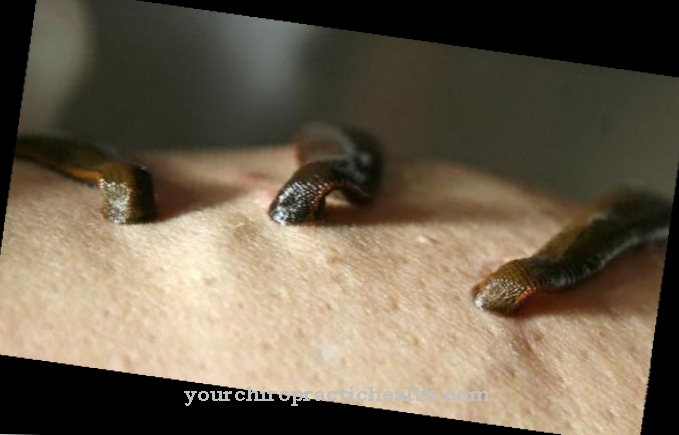
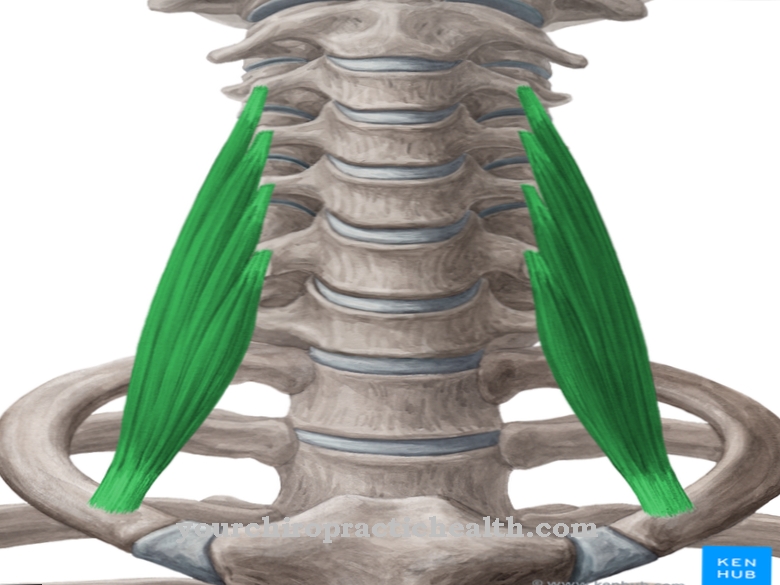
.jpg)

